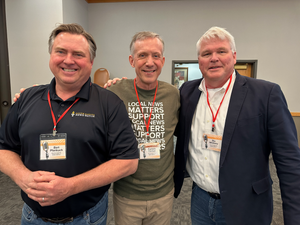SIOUX FALLS, S.D. – The first time Sioux Falls Police Chief Jon Thum saw evidence of labor trafficking, he didn’t recognize it.
As a young patrol officer nearly 20 years ago, Thum entered a house that had no real bedrooms, just a bunch of mattresses on the floor with dividers between the rooms.
“All the people in the house worked at the same restaurant, which was a startup in town,” said Thum. “I was like, ‘Oh well, everybody’s just working hard to get by, right?’ And then I took a class on trafficking with the officer who was on that same call, and halfway into it we sort of looked at each other. That’s how awareness happens.”
Thum, who became police chief in 2021, has joined state and federal law enforcement in making significant strides in recognizing the signs of labor trafficking over the past two decades in South Dakota.
But taking the next step of putting perpetrators behind bars is daunting.
Many victims are foreign nationals on temporary visas or undocumented immigrants, allowing traffickers to use cultural barriers and the threat of deportation as leverage.
While investigators use "stings" and social media to combat sex trafficking, labor-related offenses typically involve conspiracy and fraud across multiple jurisdictions, including U.S. Immigration and Customs Enforcement.
"Traffickers are very good at finding vulnerabilities and legal loopholes," said Becky Rasmussen, CEO of Call to Freedom, a Sioux Falls-based nonprofit that supports human trafficking victims and spreads awareness. "We've only scratched the surface of identifying victims."
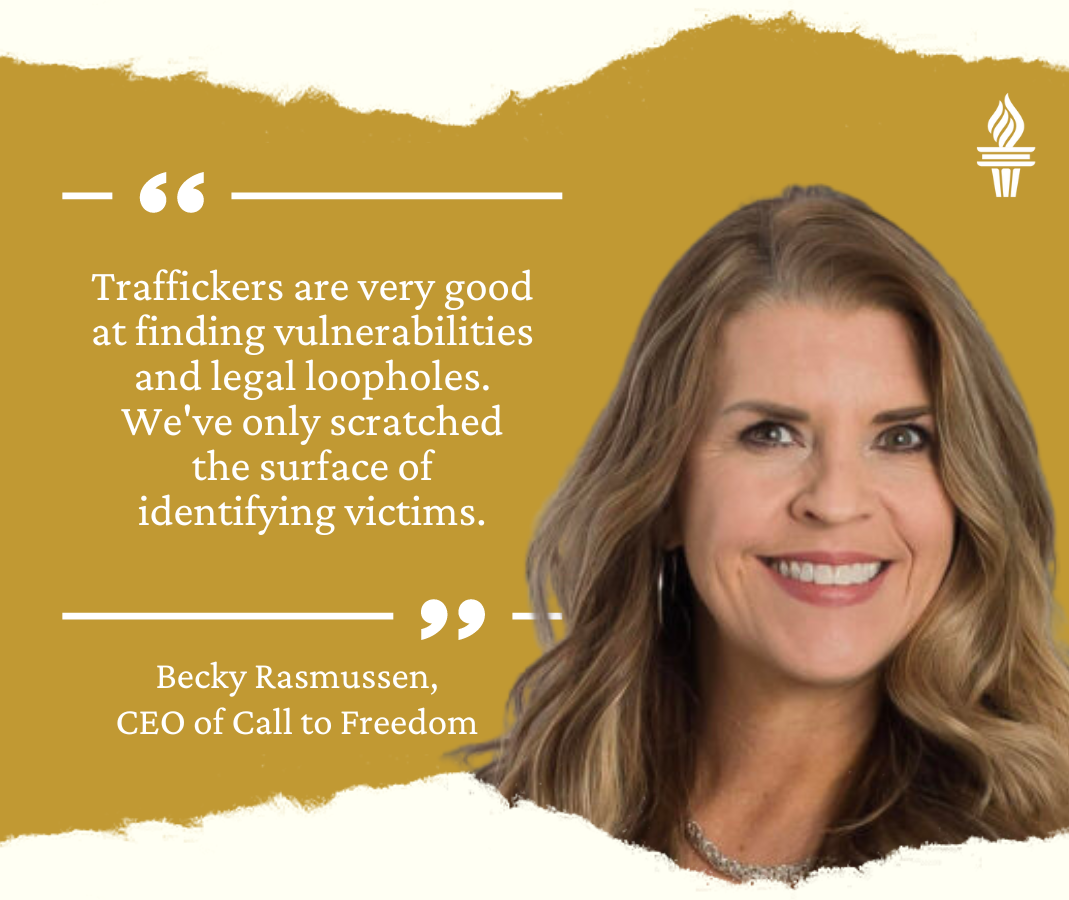
'It was pretty horrific'
Nationally, there were 1,197 people prosecuted federally for human trafficking in 2021, according to the most recent data available through the U.S. Department of Justice. That included 996 prosecutions for sex trafficking and 201 for labor trafficking.
Labor trafficking involves recruiting, harboring or transporting a person through the use of force, fraud or coercion. Victims are forced to work against their will or pay off a loan or service whose terms are not clearly defined.
In South Dakota, there are recent signs that offenders will be held to account.
On April 4, at U.S. District Court in Sioux Falls, a Guatemalan national named William Godoy was found guilty of recruiting, transporting and harboring two men from Guatemala for the purpose of financial gain, threatening them with physical harm and restricting their movement.
Sentencing is scheduled for June 17.
The victims, Juan Ruiz and Bryan Ordonez, worked under false documents at construction companies and restaurants and saw at least $36,000 of their earnings go to Godoy. He was also found guilty of illegally re-entering the country after deportation and illegal possession of a firearm.

Jordan Bruxfoort, founder of the Naomi Project, a Sioux Falls nonprofit that advocates for trafficking victims, helped Ruiz and Ordonez separate themselves from Godoy and provide information and testimony to prosecutors, led by U.S. Assistant Attorney Connie Larson. The Department of Homeland Security was also involved in the case.
"(The victims) were brought to the U.S. by Mr. Godoy and when they got here, they found out the terms were not what they agreed to," Bruxfoort, who testified at the trial, told News Watch. "They were having to pay $350 a week just to pay off interest. If they didn't make payments, their family's assets (in Guatemala) would be taken away or their family could be harmed. It was pretty horrific."
Rural isolation makes it easier for human traffickers
South Dakota's agricultural, construction and tourism industries make it a magnet for individuals or companies seeking financial gain through the involuntary servitude of others. Many of the victims are from Central or South America.
The National Human Trafficking Hotline received 100 signals from South Dakota regarding sex and labor trafficking activity in 2021. The four previous years averaged 77.8 signals: calls, texts, and online chats and tips.
Bruxfoort, a 40-year-old Michigan native who moved to South Dakota in 2016 and started the Naomi Project a year later, said the state's relative isolation from major population centers also makes it a target. Cultural differences might make it hard for victims to even know they're being trafficked at first.
"A lot of these immigrant workers are away from people who speak the language and know how to move forward with what they're up against," Bruxfoort said. "That fuels cycles of vulnerability and exploitation, like when an employer controls the workers' housing. There's a threat of immediate eviction, like 'Shut up and get back to work or you won't have a place to sleep tonight.' When they have no other options, that's an effective threat."
Bruxfoort, who is fluent in Spanish, has developed relationships in the Hispanic community around Sioux Falls to spread awareness and encourage enforcement, which he sees as a necessary deterrent.

His group's connection with workers at Hibachi Grill and Supreme Buffet in Sioux Falls led the U.S. Department of Labor to recover $279,070 in back wages in December 2022.
The restaurant's owner, H & G Inc., was found to have paid kitchen workers a flat monthly salary, denied overtime wages and "hurt these workers and their families by making it more difficult for them to make ends meet,” explained the Department of Labor's Chad Frasier in a statement.
Helping human trafficking victims takes time
South Dakota Attorney General Marty Jackley told News Watch that a lack of focus on immigration enforcement and deportation from President Joe Biden’s administration makes it harder to curtail trafficking.
“A lot of this revolves around the problem on the southern border,” said Jackley. “There’s an ongoing lack of enforcement by the DOJ and a lack of focus on immigration in Washington.”
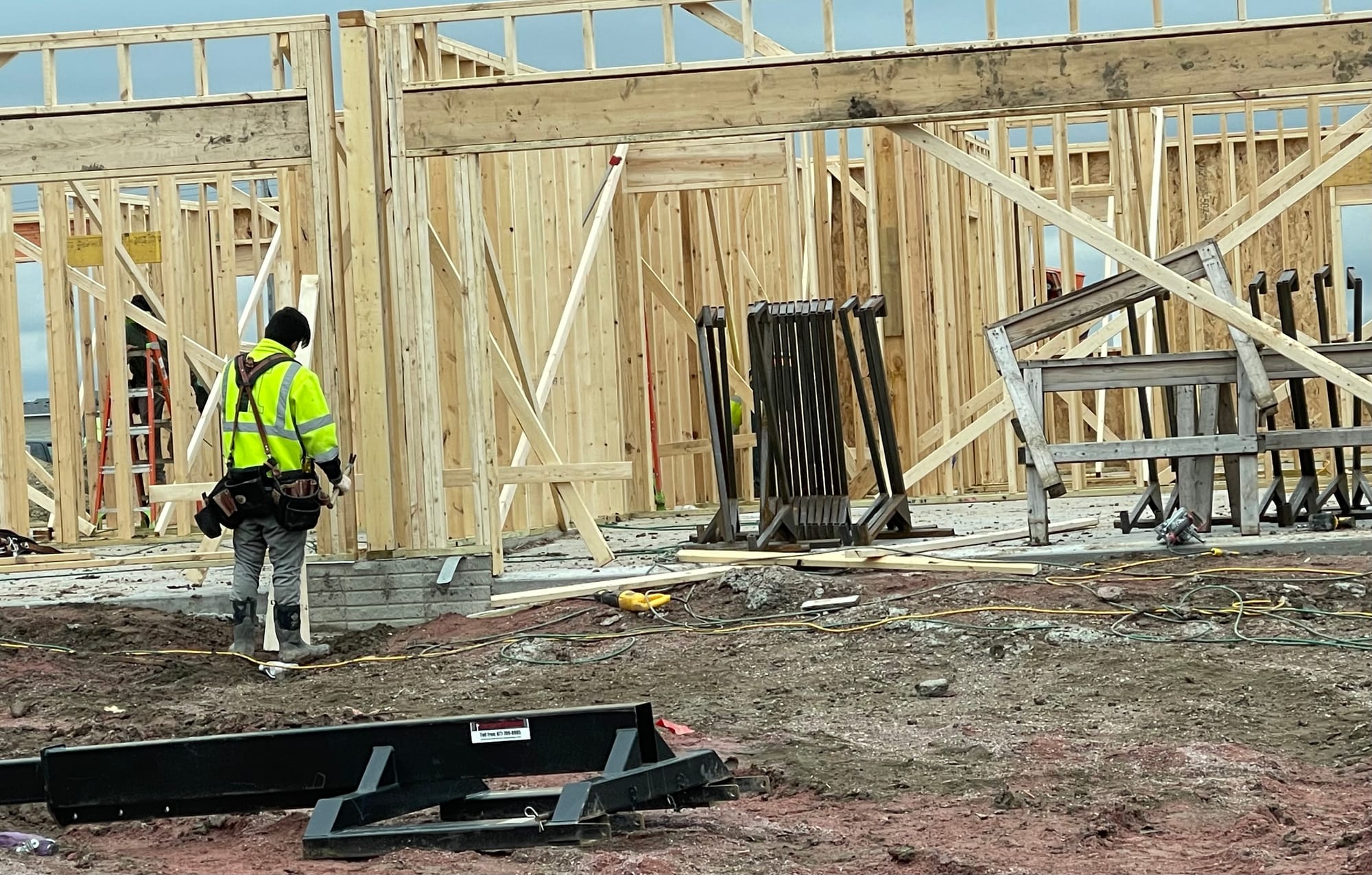
Others point to the complex process of getting information and testimony from victims, who frequently face trauma as well as cultural and language barriers.
The Trafficking Victims Protection Act of 2000 established T-visas for foreign nationals who can prove to the federal government that they are victims of severe trafficking. The visas provide immigration status to noncitizen victims and strengthen the ability of law enforcement to investigate and prosecute traffickers.
Benefits of the visas include federal assistance such as food stamps, work authorizations, the opportunity to pursue legal residency, even family reunification. But processing can take as long as 18 months.
That's where groups such as Call to Freedom and the Naomi Project come in. They provide services such as food, housing and legal assistance so victims can remain in the country, support their families and ideally bring traffickers to justice.
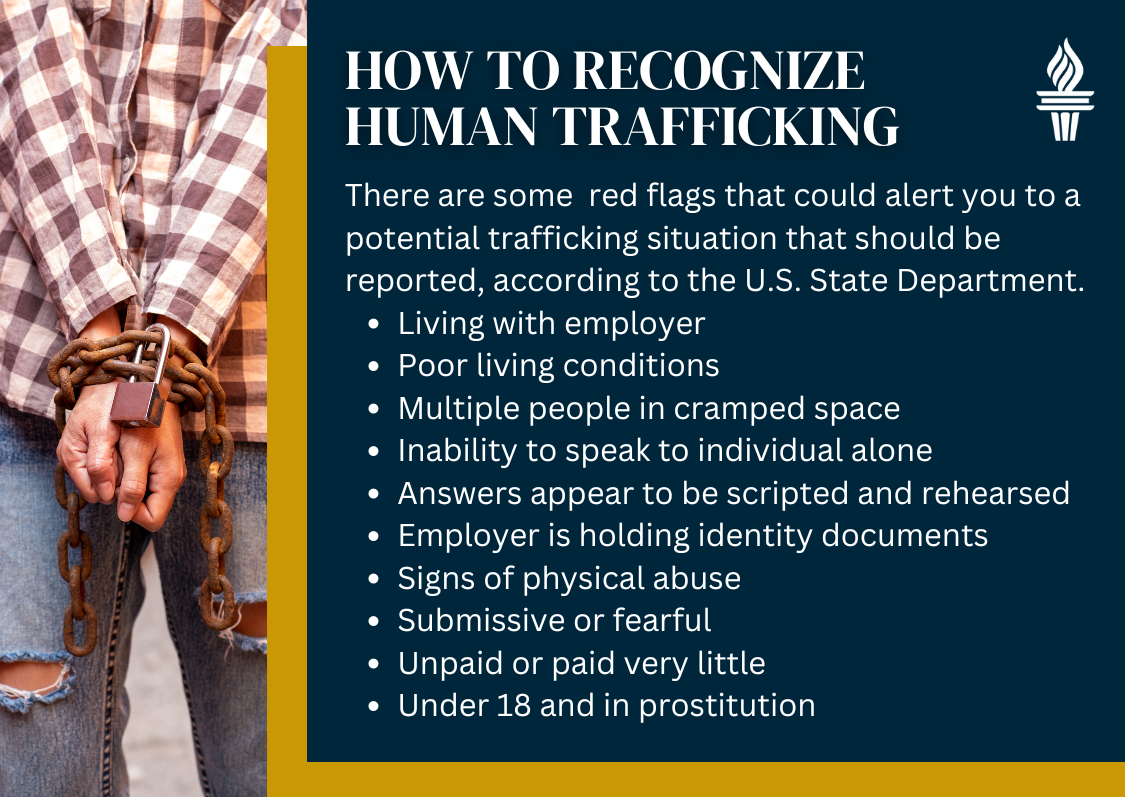
“We don't get victims to cooperate until their basic needs are met,” said Assistant U.S. Attorney Jeff Clapper of Sioux Falls, who works with the advocacy groups. “Typically that means shelter, food and clothing, because a lot of that has been provided by their trafficker. They're completely dependent on them, and so when we try to tell them we can help, they don't care about prosecuting the case. They're thinking about how they're going to survive each day.”
South Dakota case a 'terrible set of circumstances'
The case that put labor trafficking on the radar in South Dakota involved hotel owners Robert and Angelita Farrell. They were arrested in 2007 for their recruitment and treatment of Filipino employees at the Comfort Inn and Suites they operated in Oacoma, just off Interstate 90 near the Missouri River.
The Farrells brought nine workers from the Philippines under H-2B visas to work as housekeepers at the hotel and forced them to pay off a debt from processing fees and their travel to South Dakota, which the Farrells were legally obligated to pay.
The workers were promised $6.05 an hour for eight-hour days and six-day weeks. But they ended up being paid $3 per room and working long hours with no overtime, with the Farrells taking possession of their passports, visas and immigration documents.
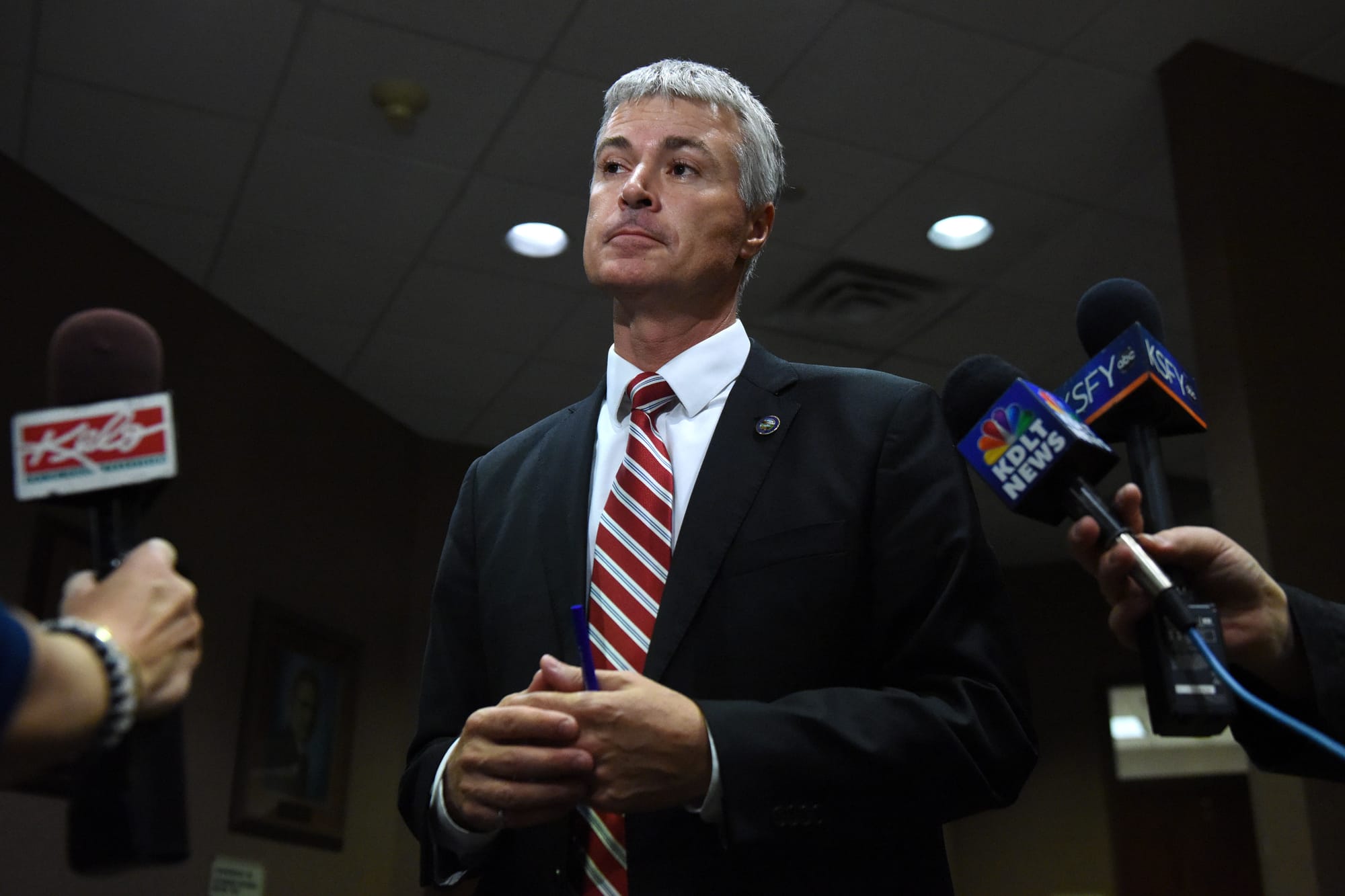
When it became clear that the workers’ wages were insufficient to pay their debt, the Farrells arranged for them to work at nearby fast-food restaurants, creating workdays as long as 18 hours.
They also limited the amount of money sent home to the Philippines and insisted that the workers not talk to other people in town or go anywhere without their permission.
In a later civil suit, Robert Farrell was accused of physically threatening the workers and at one point throwing bloody deer carcasses on the floor of their apartment, telling them to use the meat for meals.
“It was a terrible set of circumstances,” said Jackley, who was U.S. attorney at the time. “And I think the sentencing showed that.”
A federal jury in November 2007 convicted the Farrells on 18 criminal charges of peonage (debt slavery), document servitude, visa fraud, false statements and conspiracy. Robert Farrell was sentenced to four years and two months in federal prison and Angelita Farrell received a three-year sentence.
“If this kind of involuntary servitude can take place at a motel in the heart of middle America, it can happen just about anywhere,” said Grace Chung Becker of the DOJ’s Civil Rights Division at the time of sentencing.
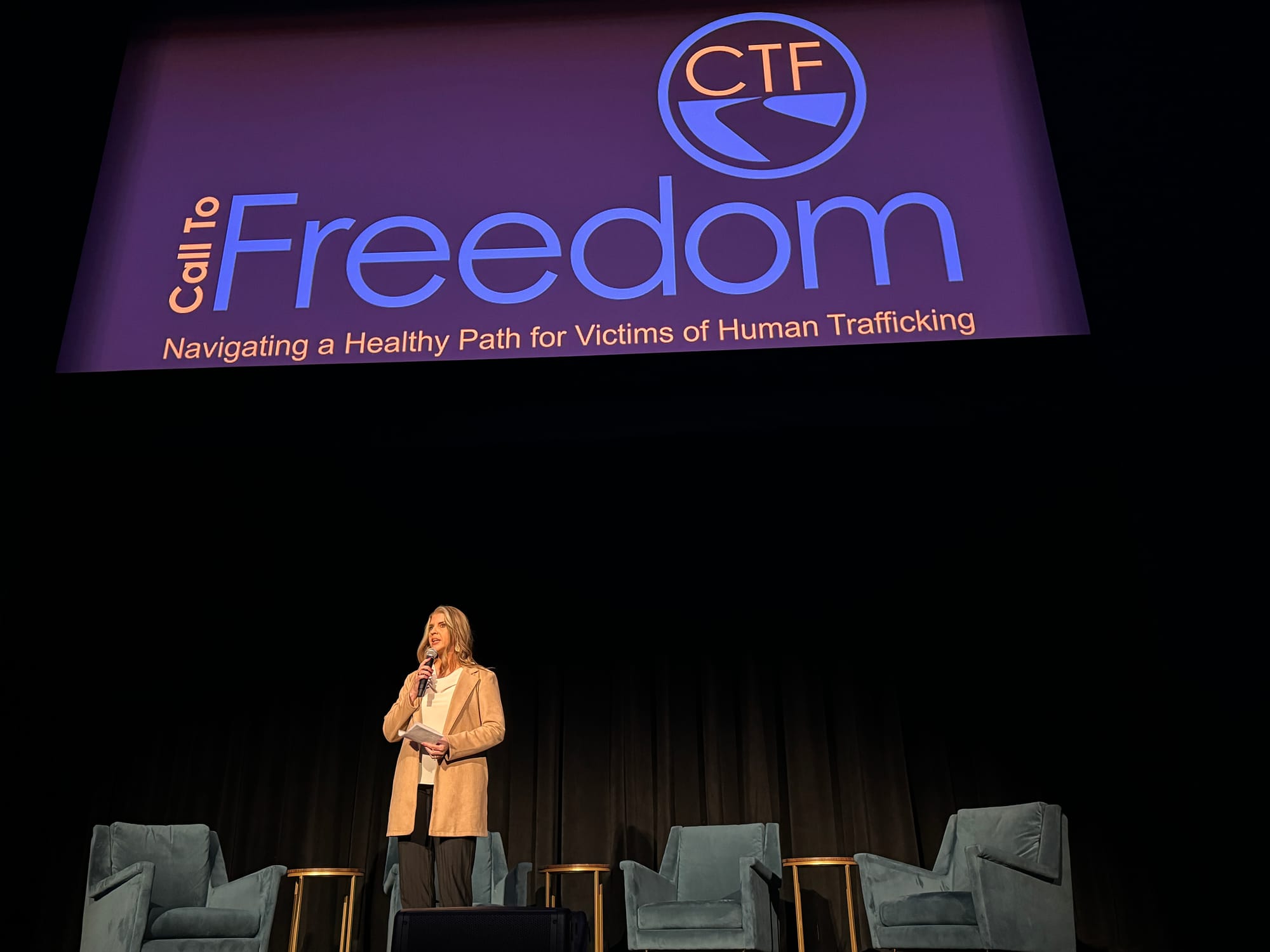
Fighting 'modern day slavery'
Call to Freedom is one of several organizations working to ensure that South Dakota learns from the tragedies of the past.
The group hosted a “Hidden in Plain Sight” event April 23 at the State Theatre in Sioux Falls to spread awareness of human trafficking as “modern day slavery.”
Rasmussen helped launch the nonprofit in 2016 after an encounter with a young girl at the Sturgis Motorcycle Rally who was coming to grips with her desperate circumstances and feeling trapped.
“Keeping victims isolated is a key method of control in trafficking situations,” said Rasmussen, whose organization now has two offices, a residential facility and 29 staff members. “But that doesn't mean you’ll never cross paths with somebody who’s being trafficked. So it's really important for our community to get trained on how this is facilitated.”
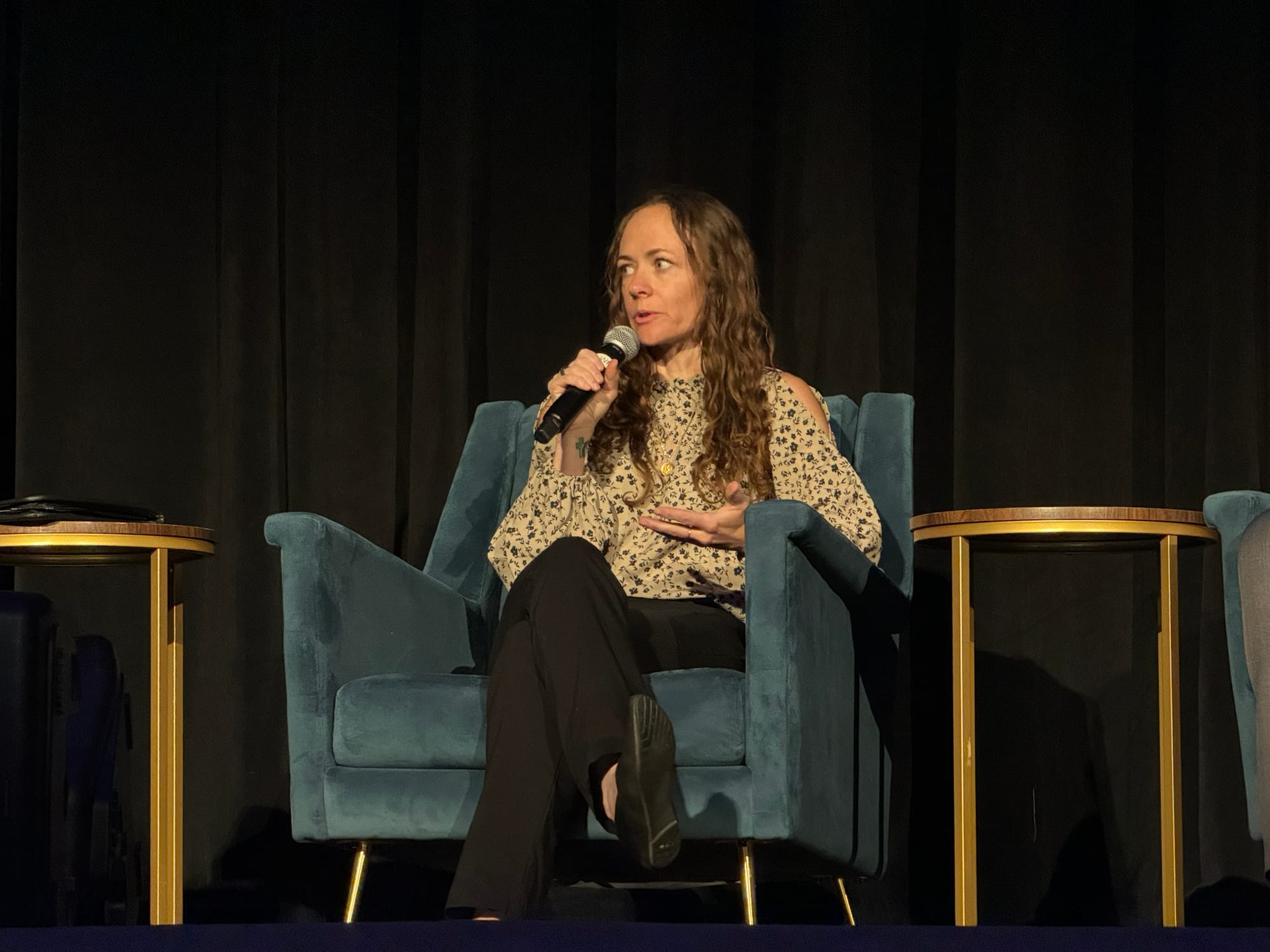
One of the event's speakers was Mary Beth Holzwarth, who had to broaden her expertise after being hired as South Dakota’s human trafficking coordinator in the Division of Criminal Investigation in 2022.
The Gettysburg resident had more than a decade of experience combating childhood sexual abuse through her Endeavor 52 organization, formed after two of her sons disclosed abuse in 2009 involving a relative.
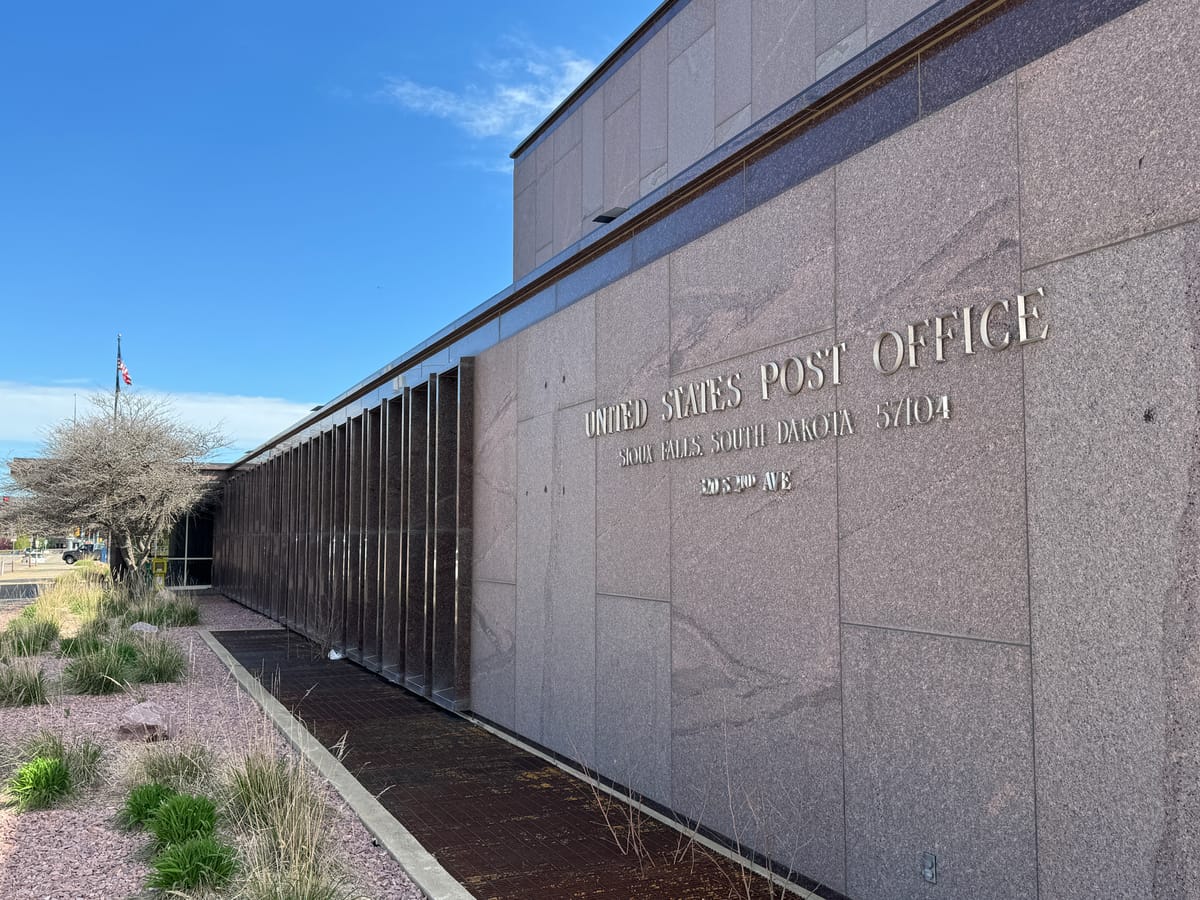
Holzwarth discovered unique challenges with labor trafficking, with victims from foreign countries toiling amid the bustle of blue-collar jobs in restaurant kitchens, construction sites and crop harvests. Her office will soon launch a reporting form where people who come in contact with victims can provide information.
“We know it’s happening, but it’s difficult to uncover due to the fact that you have multiple languages and cultures involved,” she said.
Finding a way forward from trafficking
Thinking back to his days as a rookie cop in Sioux Falls, Thum is encouraged by increased recognition of trafficking. People are starting to see it as a crime that occurs in their community, not just some cartel-controlled underworld.
“If you said ‘human trafficking’ maybe a decade ago, a lot of people would have had no idea what you were talking about,” said Thum. “Then we had this phase where if people heard about it, they immediately went to some movie they had seen, and we had to work through some misconceptions. It's really easy from the outside looking in to say, 'Why doesn't the person just leave?' But it's far more complex than that.'”
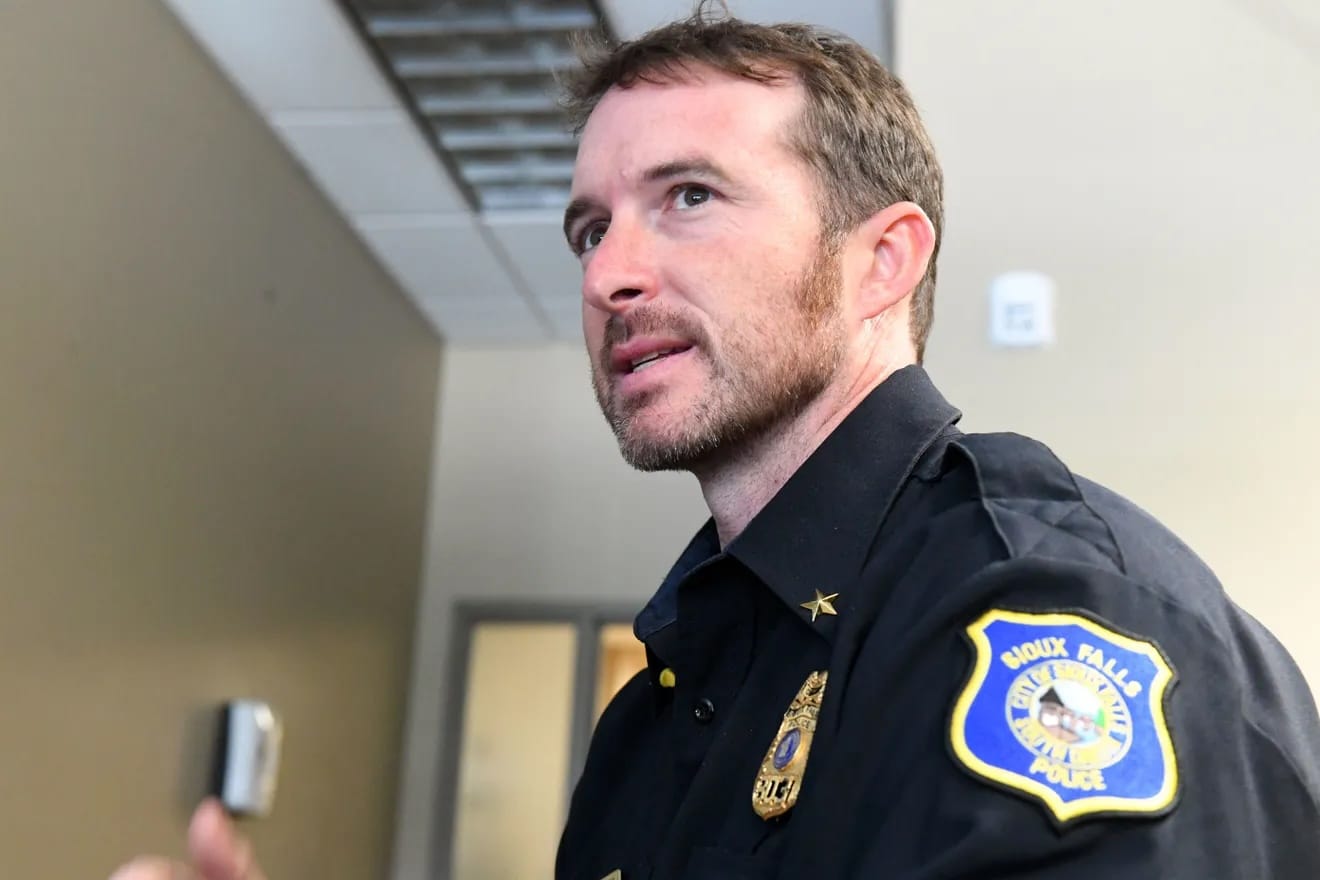
Rasmussen said that signs of trafficking include "someone who does not have the freedom to come and go from a situation, or they have few personal possessions. They might be disoriented or don't have a lot of information about where they're working or who they're working for. They work long or unusual hours, avoid eye contact or they're not in control of their personal identification documents. Those are all red flags."
The Naomi Project strives to find influential people within immigrant or refugee communities to serve as eyes and ears for possible trafficking situations.
There is also outreach planned with local businesses to help employers and workers understand elements of trafficking and where to find assistance. There is much work to do, with greater understanding of the problem a positive step.
"Our focus should be on building relationships with people who are vulnerable, finding out what they're up against, and building a community where these things are no longer allowed to take place," said Bruxfoort. "That's really the way forward."
This story was produced by South Dakota News Watch, an independent, nonprofit news organization. Read more in-depth stories at sdnewswatch.org and sign up for an email every few days to get stories as soon as they're published. Contact Stu Whitney at stu.whitney@sdnewswatch.org.




